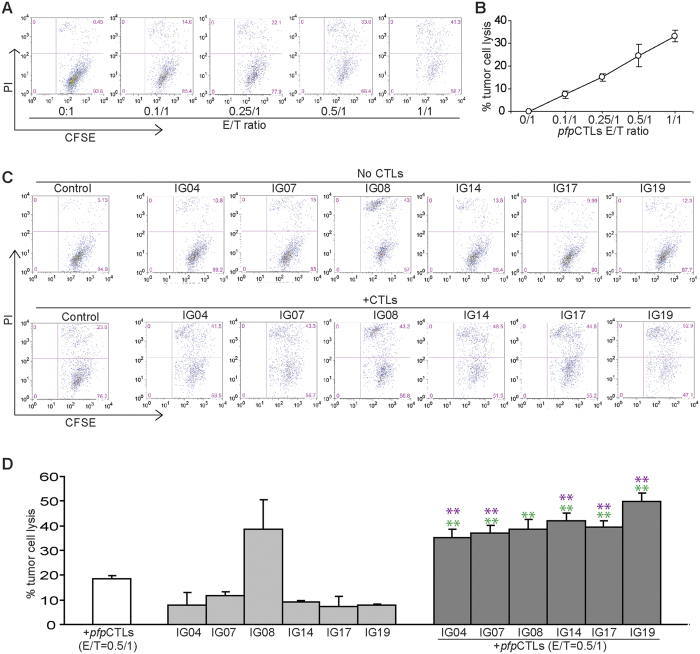Figure 8. Identification of novel ceramide analogs that increase efficacy of tumor-specific CTL-mediated tumor lysis.
(A) Mouse colon carcinoma CT26 cells were labeled with CFSE and seeded in U-bottom 96-well plates. Tumor-specific perforin-deficient pfpCTLs were then added to the tumor cultures at the indicated effector/tumor ratios (E/T ratios) and cultured for approximately 24 h. CTL and tumor culture mixtures were harvested and stained with PI and analyzed by flow cytometry. Shown are representative plots. (B) Quantification of CTL-induced tumor cell death kinetics. Cells as shown in A were gated for CFSE+ tumor cells. The gated cells were then analyzed for PI+ cells. % tumor cell lysis was calculated as % CFSE+PI+ cells in the presence of CTLs - % CFSE+PI+ cells in the absence of CTLs. (C) CT26 cells were labeled with CFSE as in A and cultured in the presence of the indicated ceramide analogs (10 μM) without (top panel) or with (bottom panel) pfpCTLs for approximately 24 h. CTL-induced tumor cell death was analyzed as in A. (D) Quantification of CTL-induced tumor cell death in the absence or presence of ceramide analogs. Cells as shown in C were gated for CFSE+ tumor cells. The gated cells were then analyzed for PI+ cells. % tumor cell lysis was calculated as % CFSE+PI+ cells in the presence of ceramide analogs or ceramide analogs plus pfpCTLs - % CFSE+PI+ cells in the absence of ceramide analogs or ceramide analogs plus pfpCTLs. Column: mean; Bar: SD. Red **indicated p < 0.01 between ceramide analog + pfpCTLs group and pfpCTLs only group, and green **indicates p < 0.01 between ceramide analog + pfpCTLs group and ceramide analog only group.

